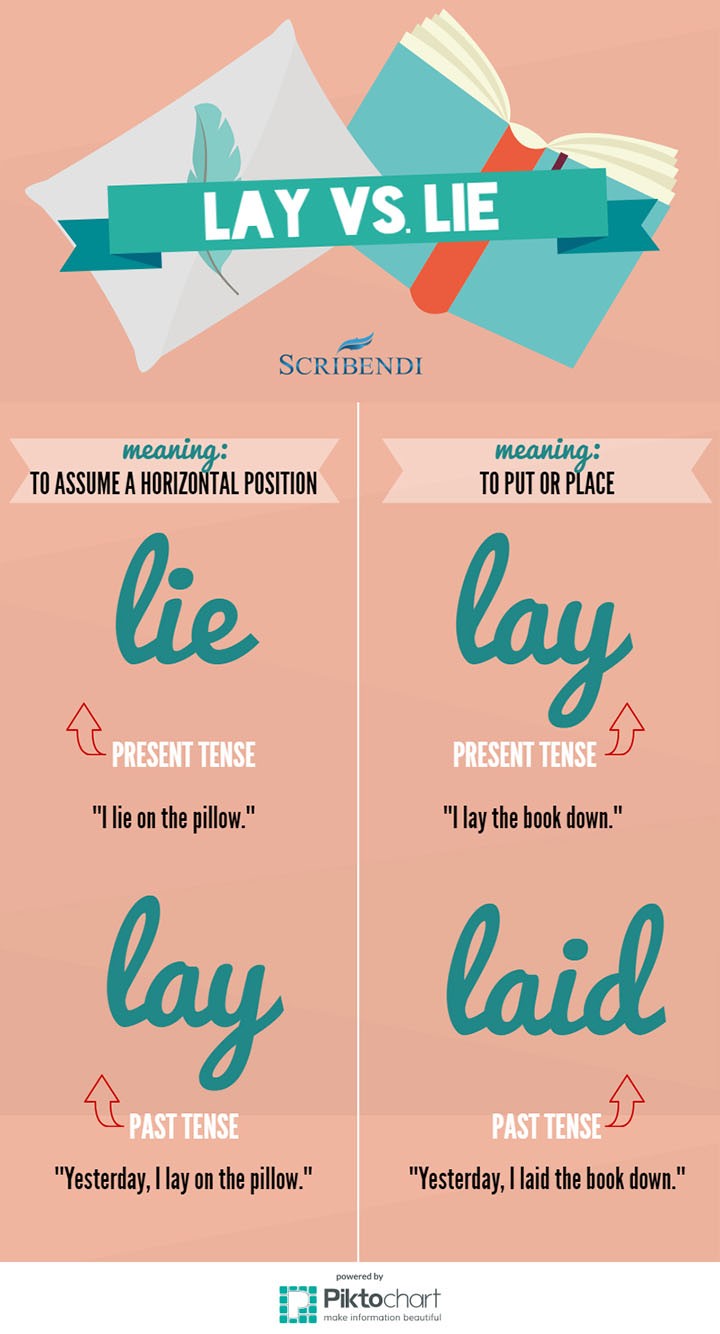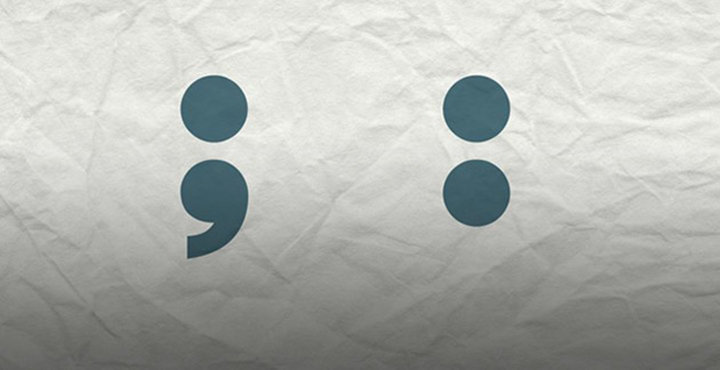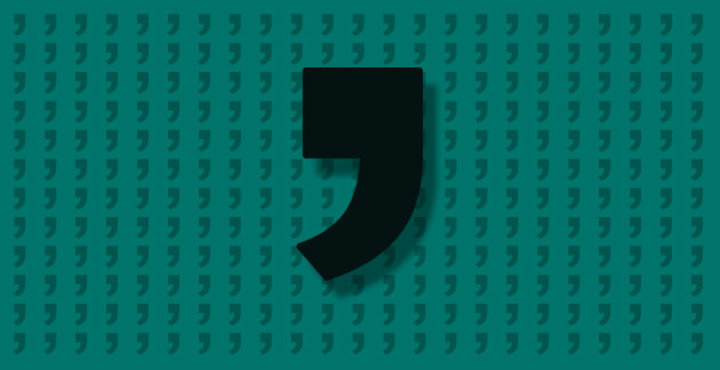Lie Down or Lay Down?
Is your dog going to lie down on the floor, or lay down?
Did you lay the book on the table yesterday, or did you lie it down?
If you're not sure, you're not alone! The old lay vs. lie question is one that many people struggle to answer. So here's a quick rundown, along with a helpful poster you can save for when you want to take for a nap but can't figure out the right way to say it.
The Difference between Lay and Lie
The word lie is a homonym, meaning it has two different meanings even though it is spelled and pronounced the same when referring to either word. Lie is a verb that is commonly used to refer to one of the following two actions.
- To tell something that is untrue
- To assume a horizontal position
In this article, we are focusing on the word lie as it appears in the second definition.
So what's the difference between lay and lie? Very simply, the word lie means to assume a horizontal position (as previously stated), and the word lay means to put or place. That means lay requires a direct object. A direct object is a noun or pronoun that receives the action of the verb in the sentence. For example, when you lay a book down, lay is the verb and book is the direct object. Conversely, if you lie down on a pillow, there is no direct object. You are the one performing the action. You don't perform the action to something else.
The Past Tense of Lie
Simple, right? But that's only true for the present tense. As with most English grammar rules, it gets a bit more complicated than that. (It's not you; it's English.) The past tense of lie (meaning to assume a horizontal position) is lay. So if you lie down on the pillow today, you lay down on the pillow yesterday.
The Past Tense of Lay
Now you're probably wondering what the past tense of lay is. It's laid! So right now, you lay the book down, but last week, you laid the book down.
Remembering the Difference
In summary, lay is a verb that means to put or place. However, lay is also the past tense of lie, a verb that means to assume a horizontal position. Remembering the difference becomes a lot easier if you can memorize the four main verbs forms.
- When meaning to assume a horizontal position, the present tense is lie and the past tense is lay.
- When meaning to put or place, the present tense is lay and the past tense is laid.
Memorizing the useage of lay vs. lie can be difficult, but memorization is really the only way to know the difference for sure. If you have a hard time with memorizing grammar rules (who doesn't?), having a reference can make the task a lot easier. Feel free use our infographic below to help you remember the difference every time.
Lay vs. Lie Infographic

Image source: Twenty20Photos/envato.elements.com
Make Every Word Count. Get Professional Editing and Proofreading.
Try Our ESL Academic Editing Service, or Get a Free Sample
About the Author

Scribendi's in-house editors work with writers from all over the globe to perfect their writing. They know that no piece of writing is complete without a professional edit, and they love to see a good piece of writing turn into a great one after the editing process. Scribendi's in-house editors are unrivaled in both experience and education, having collectively edited millions of words and obtained nearly 20 degrees collectively. They love consuming caffeinated beverages, reading books of various genres, and relaxing in quiet, dimly lit spaces.









